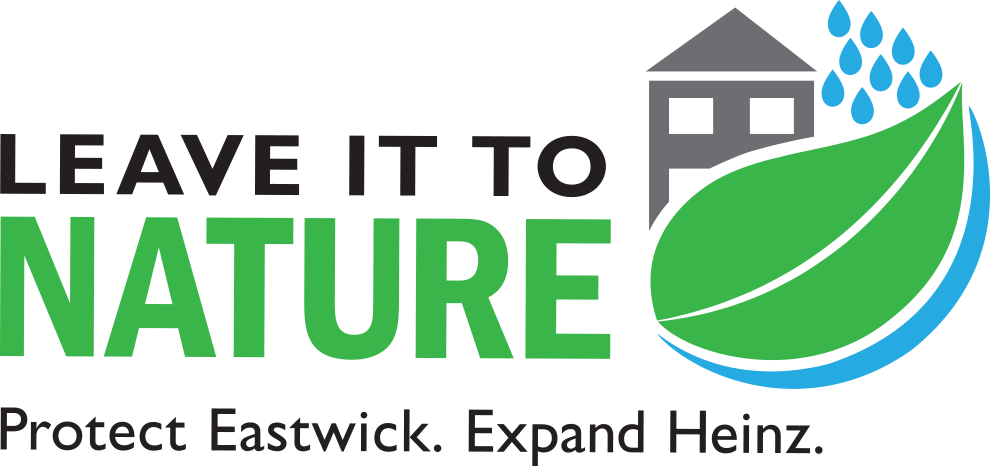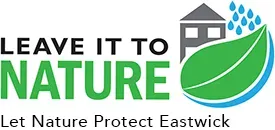Frequently Asked Questions
Answers to questions about the Leave it to Nature initiative.
-
Why does Eastwick flood?
Most of the Eastwick neighborhood was built on what was once several thousand acres of wetlands marsh. A failed urban renewal initiative in the 1960s and 1970s included filling in much of the marsh with sediments pumped from the Schuylkill River. Some parts of Eastwick are at or below sea level. During major storms, Darby and Cobbs creeks can overflow and flood Eastwick. This flooding is driven in part by poor planning and overdevelopment upstream and also by the placement of the Clearview Landfill, which was part of the flood plain for the creeks. In addition, flooding can occur as a result of tidal surges from the Delaware and Schuylkill rivers during storms made worse by climate driven sea level rise.
-
Who owns the land that the Heinz Refuge is proposing to acquire?
The land that the Heinz Refuge would acquire is owned by the City of Philadelphia and managed by the Philadelphia Redevelopment Authority. The other parcels in question are owned by the City of Philadelphia or City of Philadelphia School District.
-
What will the Heinz Refuge do with the land if it acquires it?
Heinz Refuge is committed to restoring the land to a more natural wetland environment so that it can absorb flooding stormwater; this will include working with the City of Philadelphia to potentially connect the property to Site 3 (located along and generally bounded by Mario Lanza Boulevard, between 81st & 84th Streets) to allow flood waters to flow south to Tinicum Marsh. The Heinz Refuge would work with the Eastwick community to add trails and other amenities.
-
Can the 124.5-Acre parcel be commercially developed?
The Lower Eastwick Public Land Strategy suggests a vision in which about one-third of the eastern side of the 124.5-acre parcel could be developed as commercial space. It also suggests that additional homes might be accommodated on the western portion (See Map). However, most of the land is in a FEMA flood hazard zone, so any development will be difficult and costly, and all development will be subject to threats from climate driven sea level rise and storm surges now and into the future.
If it is determined that additional homes can be safely developed on the western portion adjacent to Lindbergh Avenue, the the Refuge is committed to working with Eastwick residents to explore this option.
-
Could development reduce flooding in Eastwick?
Currently, none of the models for potential redevelopment demonstrate a reduction in flooding. The only model showing a potential reduction in flooding in Eastwick is the maximum ecological restoration model, which includes restoring the 124.5-acre parcel as a constructed wetlands.
-
Can homes be built on the 124.5-acre parcel?
A portion of the 124.5 parcel in the southwestern corner has a slightly higher elevation and may be suitable for some residential development. This could enable the relocation of Eastwick residents who are subject to losses from repetitive flooding. The Refuge is supportive of this concept and will work with the community to pursue this option if it is determined that the land is not subject to future flood risk. Link to this map to see the land area that may be suitable for development of homes. The remaining area should be left to nature and used to reduce flooding.

Contact Info
© 2023 Friends of Heinz Refuge

